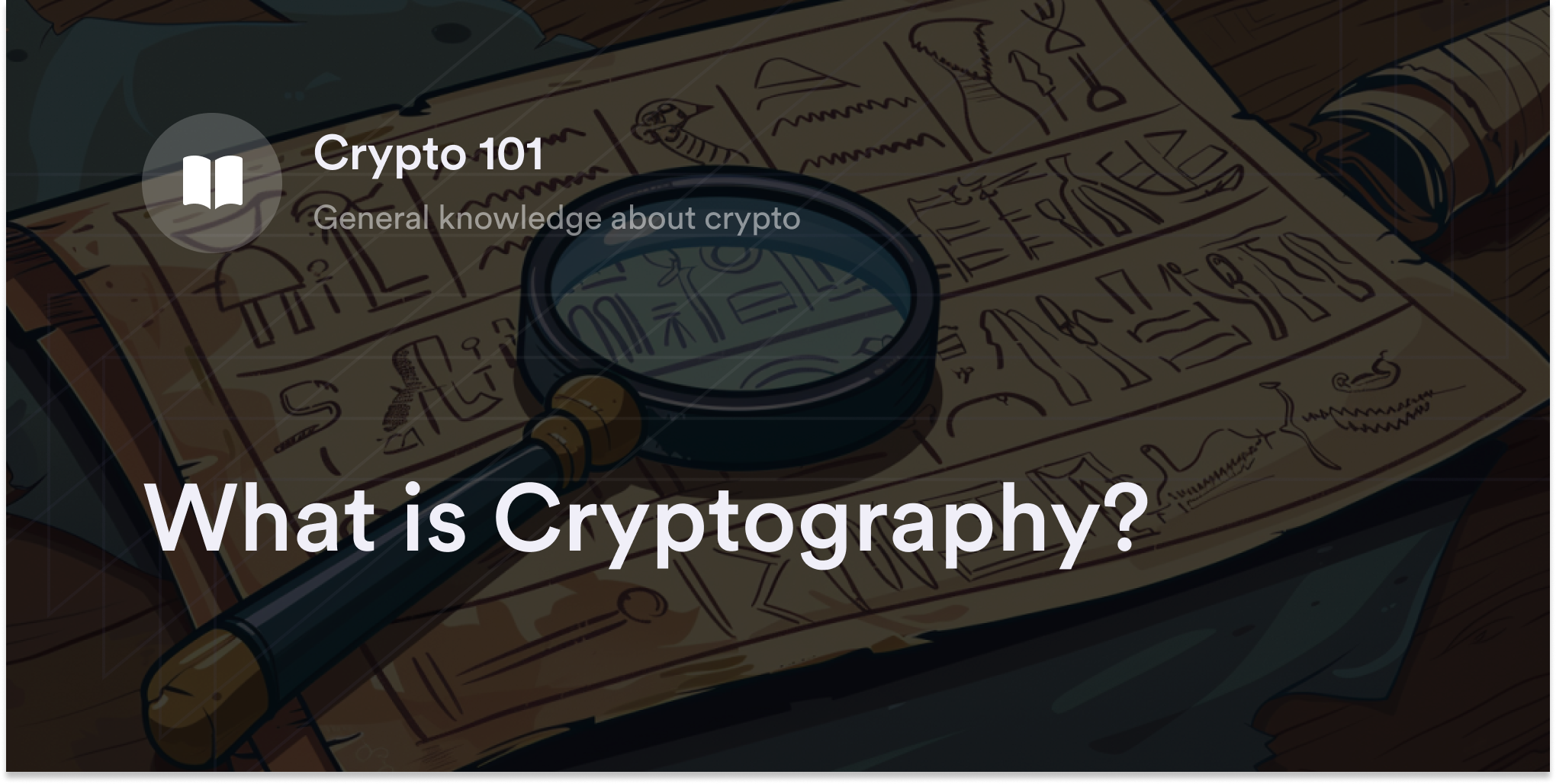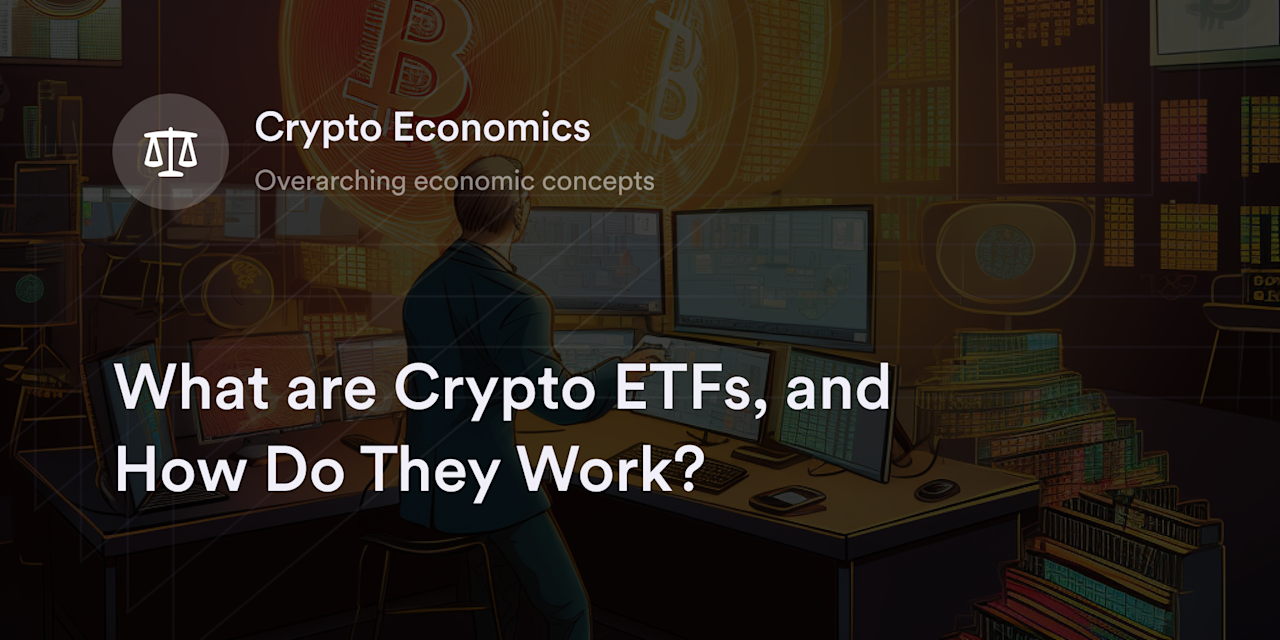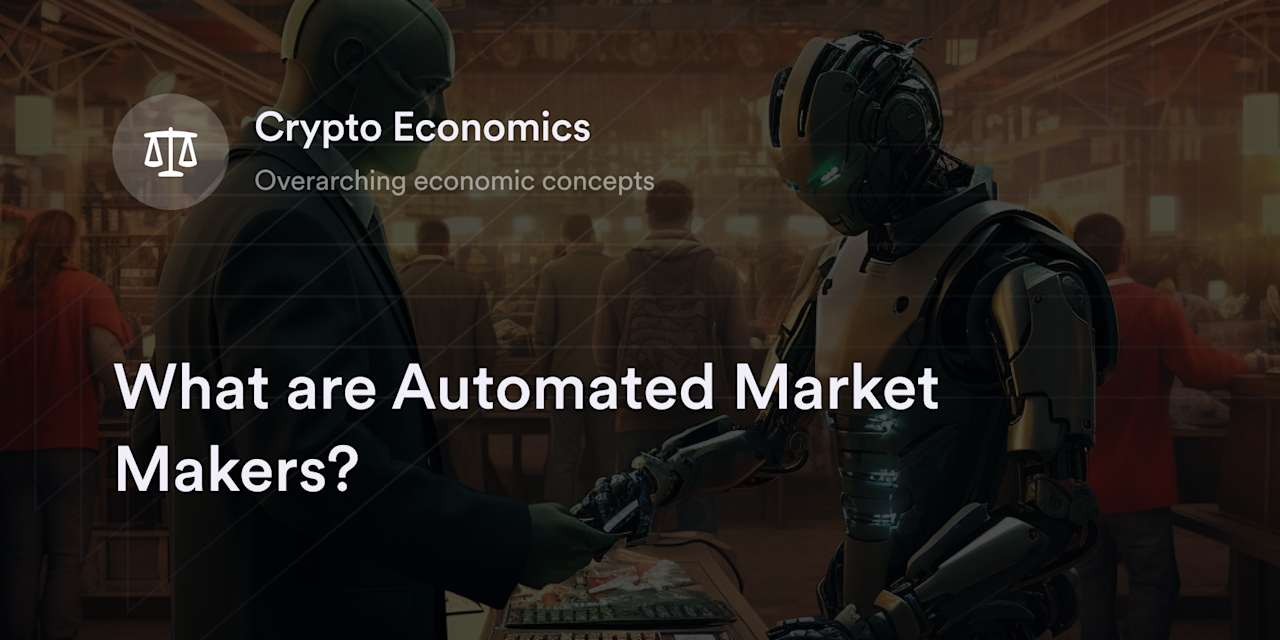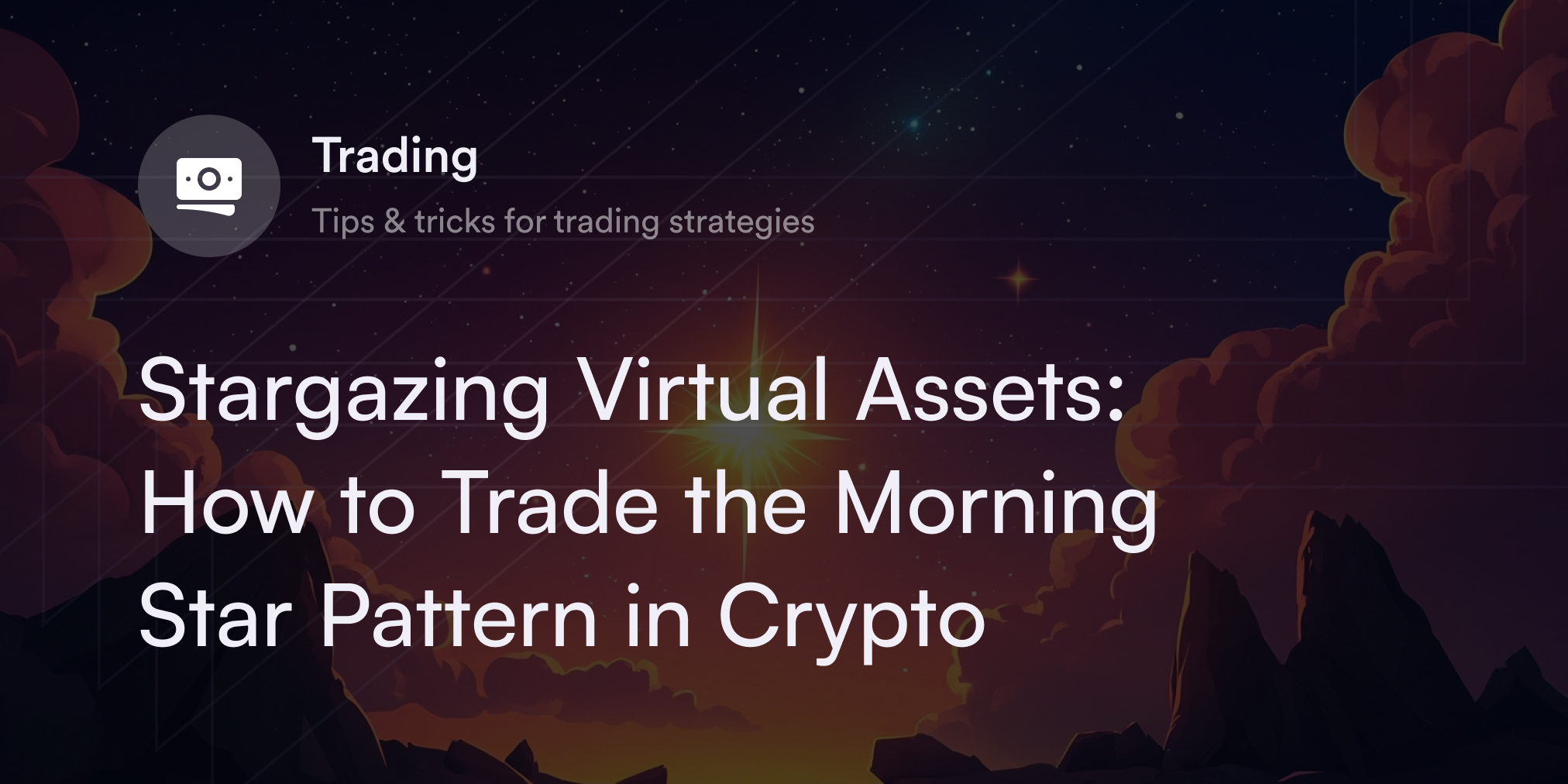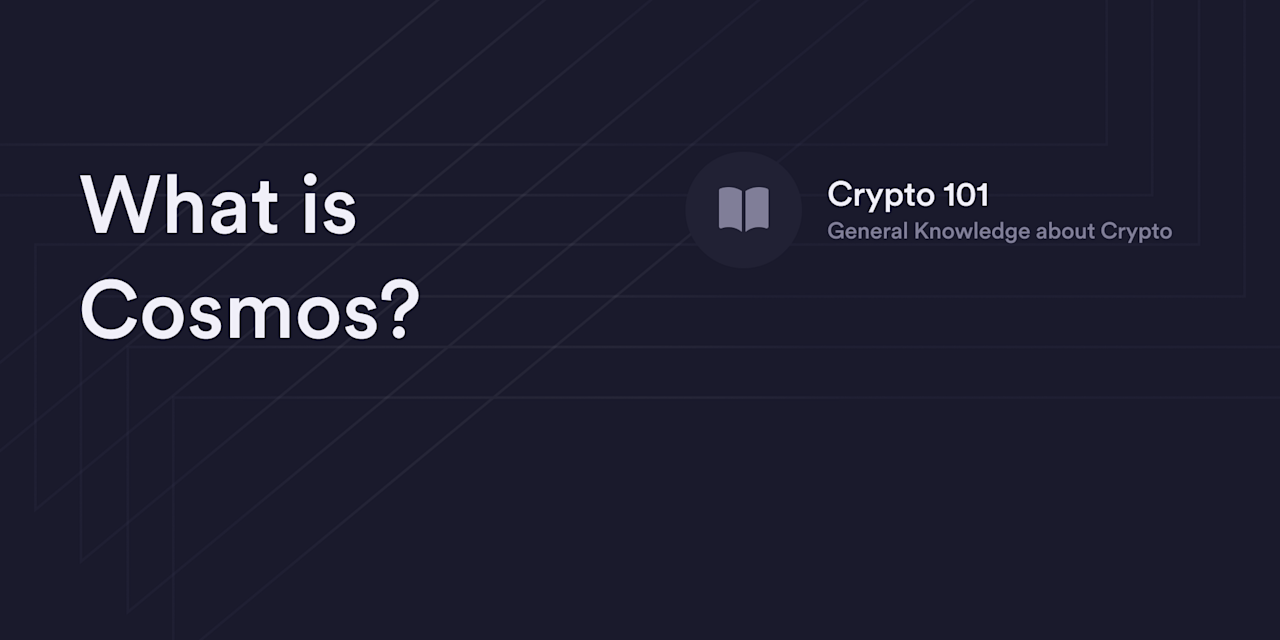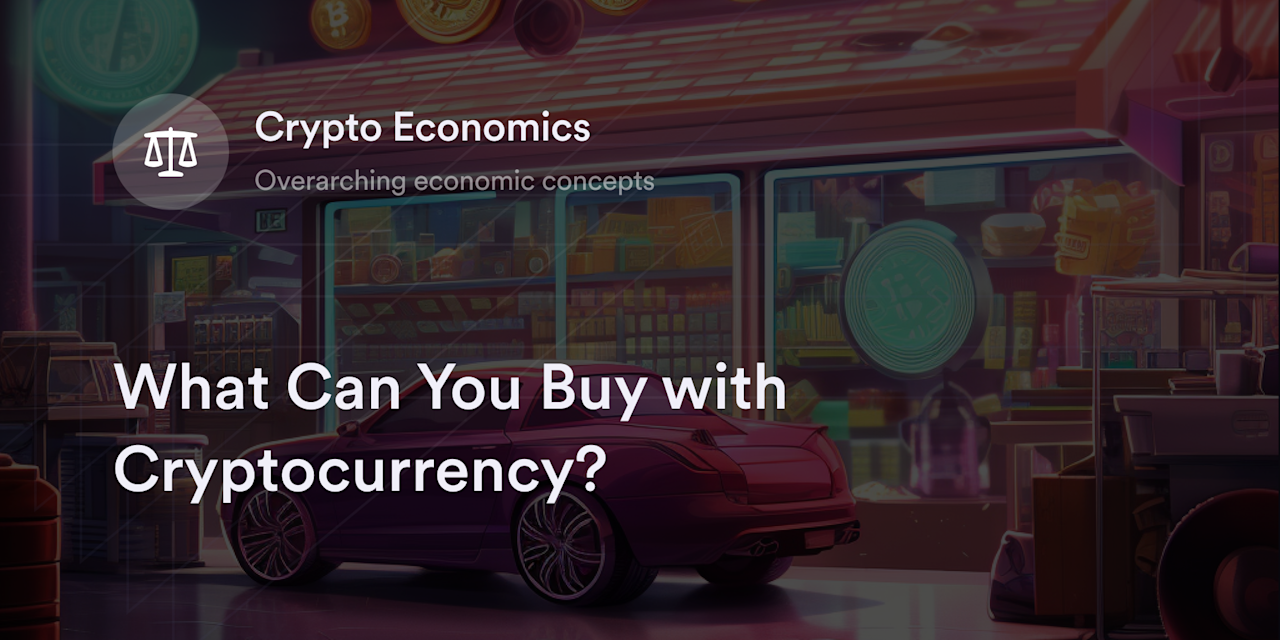
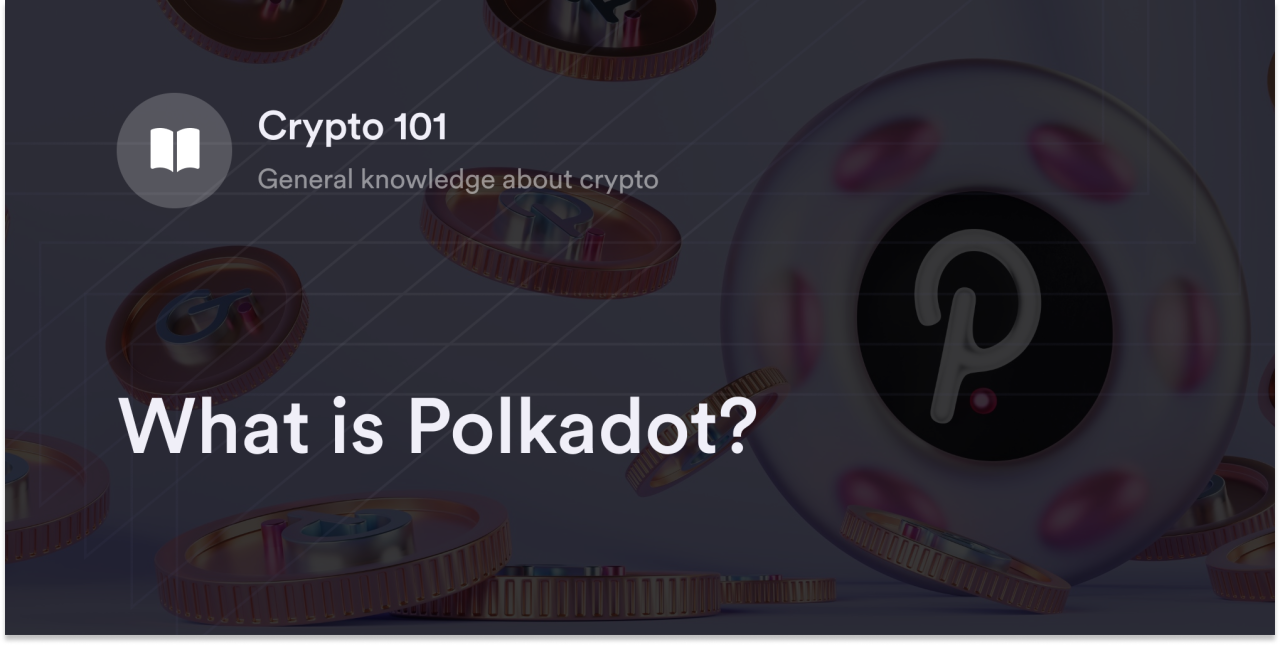

In late 2017, a little-known cryptocurrency project called Polkadot stirred up the Web3 community. After a two-week Dutch auction, early traders poured more than $140 million into the Polkadot ecosystem. To this day, Polkadot’s early funding rounds rank as some of the largest in the history of cryptocurrency, and Polkadot’s DOT cryptocurrency remains near the top of the global cryptocurrency market. In fact, the Polkadot blockchain gained an impressive market valuation of more than $4 billion in its first few days of public trading.
Learn more about what Polkadot is and why some crypto enthusiasts believe it might change the Web3 landscape.
What is Polkadot?
Polkadot is a cryptocurrency project that allows third-party developers to create proprietary blockchain networks called “parachains.” These parachains are like the decentralized applications (dApps) on the Ethereum (ETH) blockchain, except they offer developers greater flexibility to customize networks. Like Ethereum, programmers use Polkadot’s primary blockchain as a “base layer” to create apps offering services like decentralized finance (DeFi), video games, and non-fungible token (NFT) trading. Developers enjoy the security of Polkadot’s primary blockchain network (aka “Relay Chain”) while having the freedom to design and set the parameters for their parachain’s ecosystem.
Dr. Gavin Wood is the mastermind behind the Polkadot cryptocurrency and continues to play a pivotal role in this crypto project. Before releasing his first Polkadot white paper in 2016, Wood was a lead programmer and co-founder of the Ethereum Network. He believes Polkadot’s infrastructure solves many of the scalability issues on the Ethereum blockchain, especially high gas fees and slow transaction speeds.
Web3 Foundation, a nonprofit organization, manages Polkadot’s funding, while London-based Parity Technologies builds and maintains Polkadot’s software. After multiple funding rounds, Polkadot launched in 2020, and today the blockchain’s DOT cryptocurrency is available on many centralized cryptocurrency exchanges (CEXs) and decentralized exchanges (DEXs).
What is the Purpose of Polkadot?
Polkadot has many proposed goals, but most center around a concept called “blockchain interoperability.” Basically, interoperability means bridging the gaps—or connecting the dots—between different cryptocurrency networks. Currently, each cryptocurrency has distinct, self-contained coding standards and rules that don’t translate to other blockchain networks. For example, using a Solana dApp with an Ethereum-only wallet is impossible, and vice versa. And Polkadot aims to solve this problem by creating a platform where various blockchains can seamlessly speak to each other and transfer value. The cryptocurrency is building “cross-chain bridges” between its ecosystem and other blockchains like Bitcoin (BTC) and Ethereum to create an interconnected Web3 world.
How Does Polkadot Work?
Polkadot uses a complex “dual-blockchain” system to achieve its ambitious vision of an interoperable crypto community. Its Relay Chain is the protocol’s primary hub for broadcasting, executing, and recording transactions. The Relay Chain uses a proof-of-stake (PoS) consensus model, meaning computers on the network (aka nodes) need to stake a set amount of DOT to verify crypto transactions. Whenever the Relay Chain’s algorithm chooses a validator to confirm transfers, they receive DOT rewards in their account. Validators can also use their DOT to vote on improvement proposals to influence the Polkadot blockchain’s future.
Parachains form the second crucial part of Polkadot’s architecture. Although they enjoy the Relay Chain’s security, they’re private blockchains within the broader Polkadot ecosystem. Polkadot allows each parachain to create independent on-chain governance procedures, consensus models, and token issuance schedules to best suit their needs. However, third-party developers can’t immediately start building Polkadot parachains––anyone who opens a parachain needs special permission. To decide which projects can establish a parachain, Polkadot holds “parachain slot auctions” every few months. DOT holders stake their digital coins to vote on promising crypto projects they want to see on the Polkadot blockchain. Developers who win the auction get to “lease” a parachain for a maximum of two years before participating in the auction again.
Often, the projects most likely to get a parachain slot have a positive track record on Polkadot’s sister blockchain, Kusama. Launched in 2019, Kusama is almost identical to the Polkadot blockchain in structure but is primarily for developers rather than crypto traders. People interested in building on Polkadot “test the waters” on Kusama before formally applying for an auction.
What is the Polkadot Coin Used for?
Polkadot’s DOT cryptocurrency helps preserve the network’s Relay Chain via the blockchain’s PoS consensus system. Anyone who locks their DOT on the Relay Chain can broadcast transactions and receive DOT rewards. The more nodes join the Relay Chain, the greater decentralization and security it provides to the entire Polkadot network.
In addition to staking, DOT coins double as votes for on-chain governance proposals and auctions. Everyone in the Polkadot community can stake their DOT for or against proposed on-chain decisions and projects vying for parachains. This way, DOT helps decentralize the decision-making process for critical upgrades and protocol changes.
The third use of DOT coins is to pay for gas fees on the Polkadot network. Like other blockchains, Polkadot charges fees whenever people transfer DOT on the Relay Chain or in parachain projects. These DOT fees go back to the blockchain’s validators as a form of compensation. Although Polkadot’s fees fluctuate depending on network congestion, average costs are typically equal to a few pennies per transaction.
Outside of Polkadot’s ecosystem, the DOT coin is popular with traders in the cryptocurrency market. Because Polkadot is a mainstream crypto project, it’s easier for retail and institutional traders to buy, sell, or swap DOT on CEXs and DEXs. People find the price of Polkadot on dYdX's Polkadot pricing page.
Can Anyone Stake on Polkadot?
When new traders learn about Polkadot staking, they often ask whether they can earn DOT staking rewards. In reality, only people with a considerable amount of DOT meet Polkadot’s requirements to become a validator. The minimum staking requirement for validators constantly fluctuates, but the most recent rate is more than 1,690,000 DOT (or approximately $11 million at current prices).
For those who don’t have the capital or lack the technical know-how to run a Polkadot validator node, it’s possible to nominate (aka delegate) a minimum of 100 DOT to earn staking rewards. Polkadot nominators send their DOT coins to a validator and receive a portion of the crypto staking rewards. People interested in nominating their DOT connect a Polkadot-compatible wallet like polkadot{.js} or Enkrypt to the Polkadot Staking Dashboard and send their DOT to a validator. Alternatively, some crypto exchanges, wallets, and DeFi protocols offer third-party DOT staking services. For example, the Ledger hardware wallet offers DOT staking services.
Eligible Traders can Trade Polkadot Perpetuals on dYdX
dYdX offers eligible traders dozens of crypto perpetual contracts—including Polkadot—on our decentralized exchange. If you want to open a long or short position on an altcoin like DOT, you can access plenty of trading order types and controls with a dYdX account. To learn how trading perpetuals on dYdX works and more about our platform, check out our blog. And head to our Academy for more educational content about crypto. We have dozens of easy-to-understand pieces on topics such as smart contracts, market cap, and double spending.
Interested in trading perpetuals for Polkadot? Eligible traders can start trading on dYdX today!
Disclaimer
The content of this article (the “Article”) is provided for general informational purposes only. Reference to any specific strategy, technique, product, service, or entity does not constitute an endorsement or recommendation by dYdX Trading Inc., or any affiliate, agent, or representative thereof (“dYdX”). Use of strategies, techniques, products or services referenced in this Article may involve material risks, including the risk of financial losses arising from the volatility, operational loss, or nonconsensual liquidation of digital assets. The content of this Article does not constitute, and should not be considered, construed, or relied upon as, financial advice, legal advice, tax advice, investment advice, or advice of any other nature; and the content of this Article is not an offer, solicitation or call to action to make any investment, or purchase any crypto asset, of any kind. dYdX makes no representation, assurance or guarantee as to the accuracy, completeness, timeliness, suitability, or validity of any information in this Article or any third-party website that may be linked to it. You are solely responsible for conducting independent research, performing due diligence, and/or seeking advice from a professional advisor prior to taking any financial, tax, legal, or investment action.
You may only use the dYdX Services in compliance with the dYdX Terms of Use available here, including the geographic restrictions therein.
Any applicable sponsorship in connection with this Article will be disclosed, and any reference to a sponsor in this Article is for disclosure purposes, or informational in nature, and in any event is not a call to action to make an investment, acquire a service or product, or purchase crypto assets. This Article does not offer the purchase or sale of any financial instruments or related services.
By accessing this Article and taking any action in connection with the information contained in this Article, you agree that dYdX is not responsible, directly or indirectly, for any errors, omissions, or delays related to this Article, or any damage, injury, or loss incurred in connection with use of or reliance on the content of this Article, including any specific strategy, technique, product, service, or entity that may be referenced in the Article.
